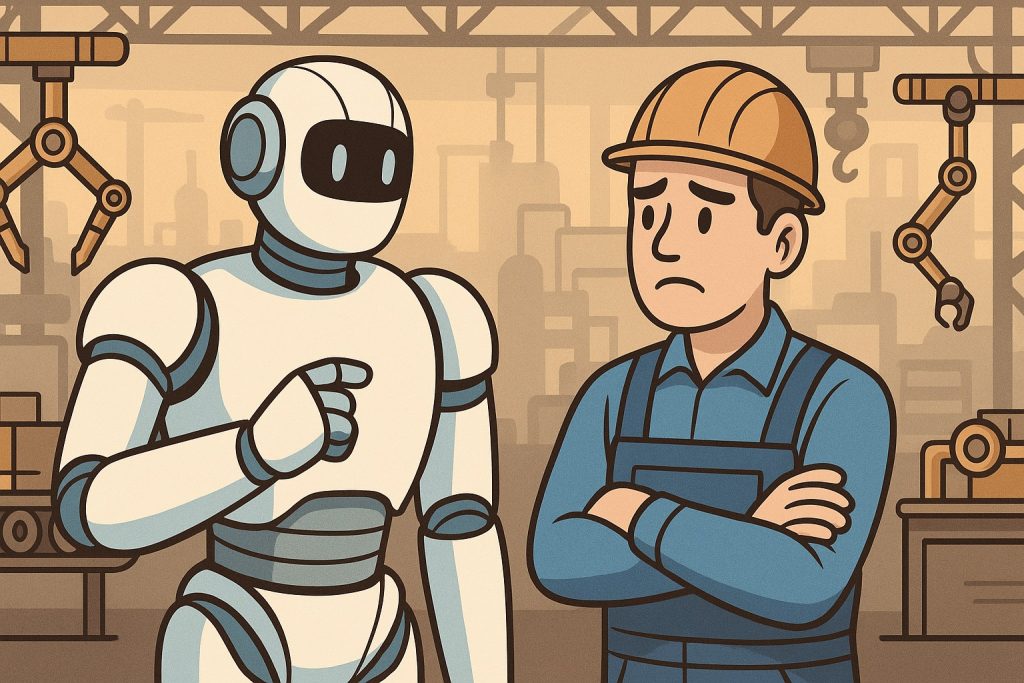As factories grow smarter and automation becomes the norm, industrial robots are taking on more roles that once belonged exclusively to humans. From welding and assembling to sorting and packing, these mechanical workers operate with speed, precision, and tirelessness. But their growing presence raises a critical question: Are robots replacing people—or just changing the jobs they do?
What Are Industrial Robots?
Industrial robots are programmable machines used in manufacturing environments to perform repetitive, dangerous, or highly precise tasks. Unlike collaborative robots (cobots), which work alongside humans, industrial robots usually operate in isolated areas, often behind safety barriers due to their power and speed.
These robots come in various forms:
- Articulated arms (used for welding, painting, etc.)
- SCARA robots (ideal for pick-and-place tasks)
- Delta robots (fast and lightweight for packaging)
- Cartesian robots (for milling, cutting, or 3D printing)
What Jobs Are Robots Replacing?
Industrial robots are already replacing human labor in many areas:
- Welding in automotive factories
- Palletizing and packing in warehouses
- Machining and parts assembly
- Painting and coating
- Dangerous or toxic tasks, such as chemical handling
Robots are valued for their consistency, endurance, and ability to operate 24/7 without breaks.
What Jobs Are Being Created?
While robots replace certain tasks, they also generate new job opportunities:
- Robot maintenance and programming
- Data analysis and AI supervision
- Automation systems integration
- Safety and compliance monitoring
- Robot design and engineering
The shift is not just from human to robot—but from manual to cognitive labor.
Are All Workers at Risk?
Jobs that are routine, repetitive, and predictable are most vulnerable to automation. However, roles that require:
- Creativity
- Problem-solving
- Emotional intelligence
- Fine motor skills in unpredictable settings
are far less likely to be fully replaced. For example, industrial robots can weld car frames, but they can’t mentor a new technician or redesign an assembly line strategy.
The Economic Debate: Replacement vs. Augmentation
Economists debate whether robots will:
- Displace workers, increasing unemployment and inequality, or
- Augment human abilities, leading to higher productivity and wages.
Evidence suggests both effects are happening:
- Large corporations may downsize human labor with robots.
- Small and medium businesses use automation to stay competitive and expand workforce capacity.
Glossary
- SCARA robot – _A type of robot with horizontal movement, used for precise and fast assembly.*
- Automation – _Using technology to perform tasks with minimal human intervention.*
- Cognitive labor – _Work involving thinking, problem-solving, or decision-making.*
- Augmentation – _Enhancing human work rather than replacing it with machines.*
Conclusion
Industrial robots are not inherently job destroyers—but they are powerful disruptors. As machines become more capable, workers must adapt through reskilling and upskilling. The future of work won’t belong to robots alone, but to humans who learn to work with them. The real question isn’t “Who will be replaced?”—but “Who will evolve?”


